PODCAST: Treating Lyme at the cellular level with Dr. Bill Rawls

By Fred Diamond
For those navigating the complexities of chronic Lyme disease, Dr. Bill Rawls has emerged as a leading voice advocating for holistic approaches to healing.
His work, including his book The Cellular Wellness Solution, offers a compelling case for understanding illness at the cellular level and prioritizing herbal therapies over conventional antibiotics.
In two special episodes of the Love, Hope, Lyme podcast this week, we explored the fundamentals of herbal medicine, the role of cellular health, and the importance of lifestyle changes in overcoming chronic illness. On the second episode, Dr. Rawls answered questions from chronic Lyme survivors around the globe.
Understanding Lyme at the cellular level
Dr. Rawls emphasizes that every symptom experienced by a Lyme survivor is a reflection of cellular dysfunction. Unlike a mechanical system that breaks down when a single part fails, the human body is composed of trillions of independently functioning cells that can be stressed, damaged, or restored.
“Our body is a composite of cells,” Dr. Rawls explains. “If all your cells are healthy and coordinated, you feel great. But when cellular function is compromised, symptoms arise.”
Chronic Lyme disease, he argues, is not solely about Borrelia bacteria but about the cumulative stress on the body’s cells from multiple sources, including co-infections, environmental toxins, stress, poor nutrition, and lack of sleep.
While a tick bite may introduce harmful microbes, many Lyme survivors don’t recall the exact moment they were infected. This is because these stealth pathogens are designed to persist quietly within the body until a perfect storm of stressors triggers their reactivation.
“Most people with chronic Lyme don’t remember a tick bite that made them sick. Instead, illness often begins after a major life stressor,” Dr. Rawls notes.
Why herbal therapy may work for you
For years, antibiotics have been the go-to treatment for Lyme disease. However, Dr. Rawls argues that this approach is fundamentally flawed when addressing chronic Lyme.
Antibiotics work by targeting fast-growing bacteria, he says. But Lyme bacteria, such as Borrelia, grow exceptionally slowly and often go dormant within cells, making them resistant to conventional antibiotic treatments.
“All antibiotics come from natural sources,” he explains. “They are extracted from bacteria, fungi, or plants. However, instead of using the whole organism’s defense system, pharmaceutical companies isolate a single chemical, modify it for patenting, and then market it as a drug.”
The problem? These single-agent antibiotics not only fail to address the full spectrum of Lyme-related pathogens but also wreak havoc on the gut microbiome, leading to further health complications.
In contrast, herbs offer a multi-faceted approach. Unlike antibiotics, which are single chemical agents, herbs contain hundreds of bioactive compounds that help restore cellular health while also combating microbes.
Pioneered by Stephen Buhner
Dr. Rawls credits the late Stephen Buhner for pioneering the use of broad-spectrum herbs for Lyme, which he personally found life-changing.
“The difference between antibiotics and herbs is key,” he says. “Antibiotics disrupt all bacteria—including the beneficial ones—leading to gut damage and immune dysfunction. Herbs, on the other hand, support the body’s natural healing processes while targeting a range of stealth pathogens.”
Dr. Rawls highlights several powerful herbs that have broad-spectrum antimicrobial properties and support cellular wellness. Some of the most effective include:
- Cat’s Claw – Known for its immune-boosting and antimicrobial effects, cat’s claw is highly effective against Lyme and co-infections.
- Japanese Knotweed – Contains resveratrol, which crosses the blood-brain barrier and helps protect the nervous system from Lyme-induced inflammation.
- Andrographis – A potent antimicrobial and anti-inflammatory herb that can help suppress Borrelia and co-infections.
- Sida Acuta – Shown to be effective against Bartonella, Babesia, and other Lyme-related infections.
- Chinese Skullcap – Offers strong antimicrobial benefits while also calming the nervous system and reducing inflammation.
Importantly, Dr. Rawls notes that herbs should be rotated over time to prevent the body from developing tolerance to them. This continuous adaptation ensures their long-term effectiveness in managing Lyme disease.
The role of cellular stress and lifestyle in healing
Beyond herbal therapy, Dr. Rawls stresses that lifestyle choices play a pivotal role in recovery. Chronic Lyme is not just about eradicating bacteria—it’s about restoring balance to the body’s cells.
“The real problem isn’t the microbe; it’s the terrain,” he explains. “If you’re sleeping four hours a night, eating a processed diet, and under chronic stress, no amount of antibiotics or herbs will fully heal you.”
To create an environment where healing can occur, he recommends the following key steps:
- Optimize Sleep: Poor sleep is one of the biggest disruptors of cellular health. Herbs like ashwagandha and reishi can help regulate stress hormones and improve sleep quality.
- Reduce Toxins: Exposure to mold, heavy metals, and environmental chemicals can weaken the body’s defenses. Using air filters, eating organic foods, and reducing plastic use can help.
- Improve Diet: Whole foods rich in antioxidants, healthy fats, and fiber support the gut and immune system. Processed foods and sugar should be minimized.
- Manage Stress: Chronic stress keeps the body in a state of heightened inflammation, making it easier for stealth pathogens to thrive. Practices like meditation, yoga, and spending time in nature can help.
- Use Herbal Support: A consistent herbal regimen helps suppress microbes, boost immunity, and enhance overall well-being.
Final thoughts: A holistic path to healing
For those struggling with chronic Lyme, by shifting the focus from microbe eradication to cellular restoration, Lyme survivors can regain their health in a way that is sustainable and holistic.
“If you restore cellular health, the body takes care of the microbes naturally,” he concludes. “Healing is not about finding the perfect drug—it’s about creating the right conditions for your body to thrive.”
For a deeper dive into these concepts, listeners can explore Dr. Rawls’ book The Cellular Wellness Solution and tune into the Love, Hope, Lyme podcast for more expert insights on Lyme disease recovery.
Click here to listen to all episodes of the Love, Hope, Lyme Podcast or on YouTube.
Fred Diamond is based in Fairfax, Virginia and can be contacted via Facebook. His popular book, “Love, Hope, Lyme: What Family Members, Partners, and Friends Who Love a Chronic Lyme Survivor Need to Know” is available on Amazon. The e-version of the book is always free to Lyme survivors. PM Fred on Facebook or LinkedIn for your copy.


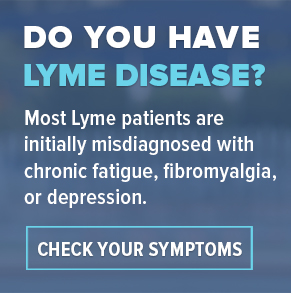
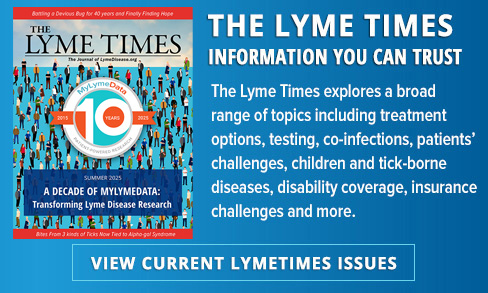




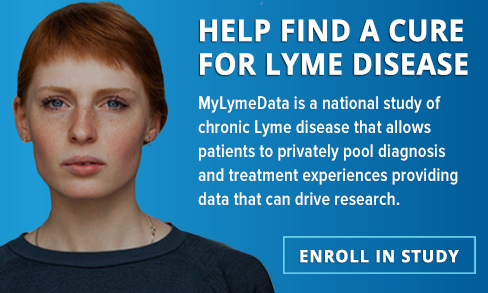

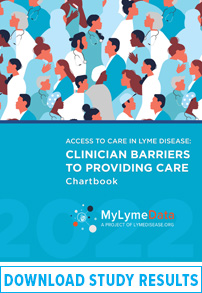



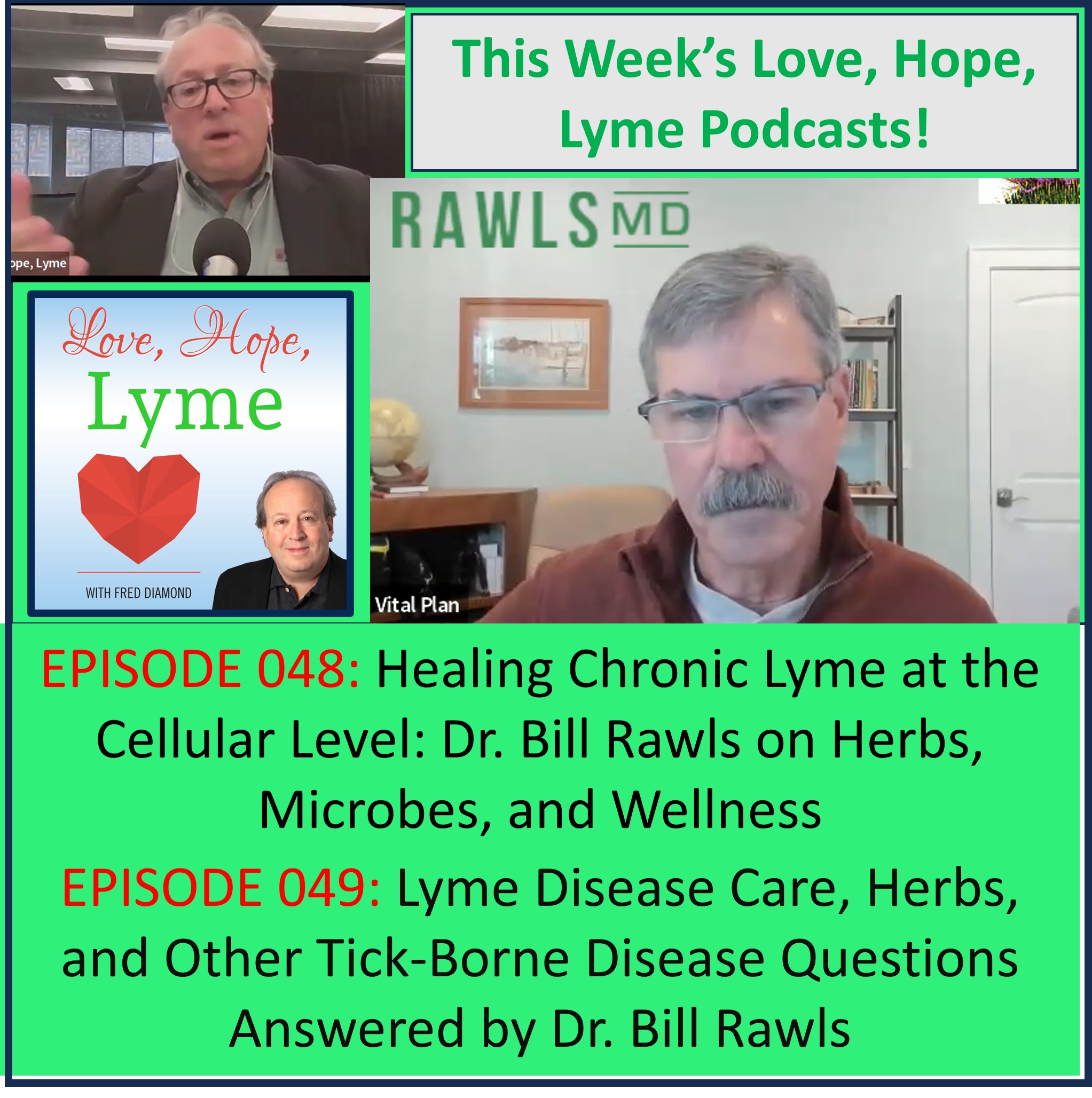






We invite you to comment on our Facebook page.
Visit LymeDisease.org Facebook Page